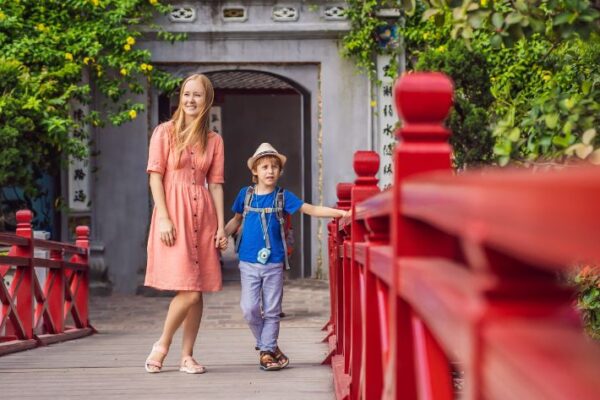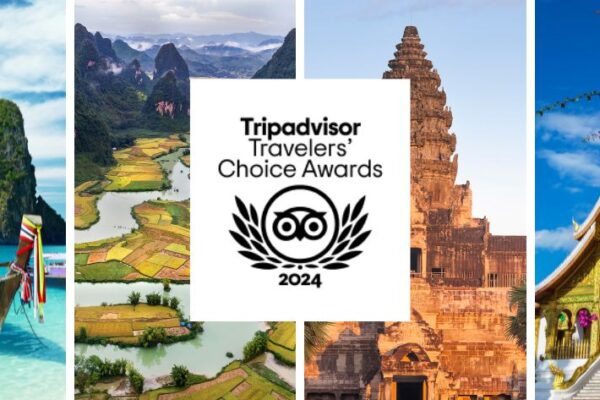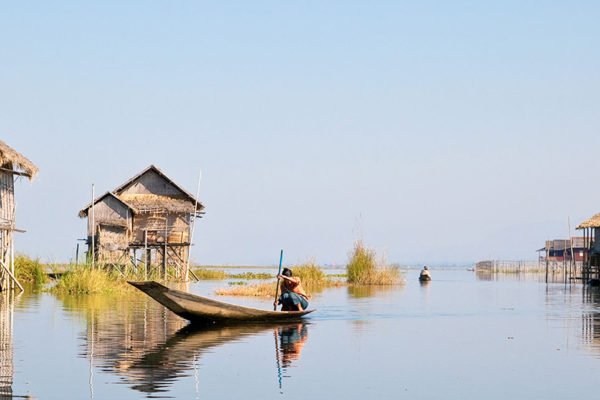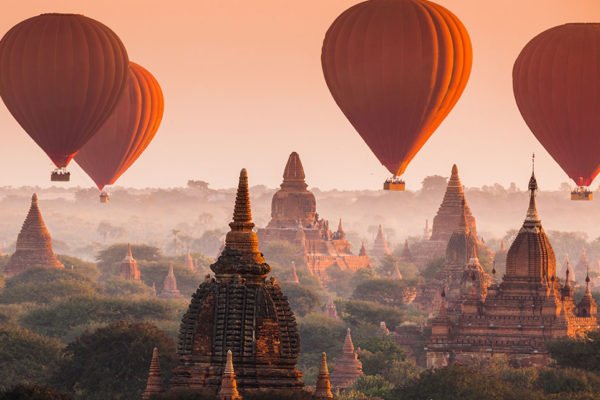Inle Lake: Beautiful Reflections Of Lives
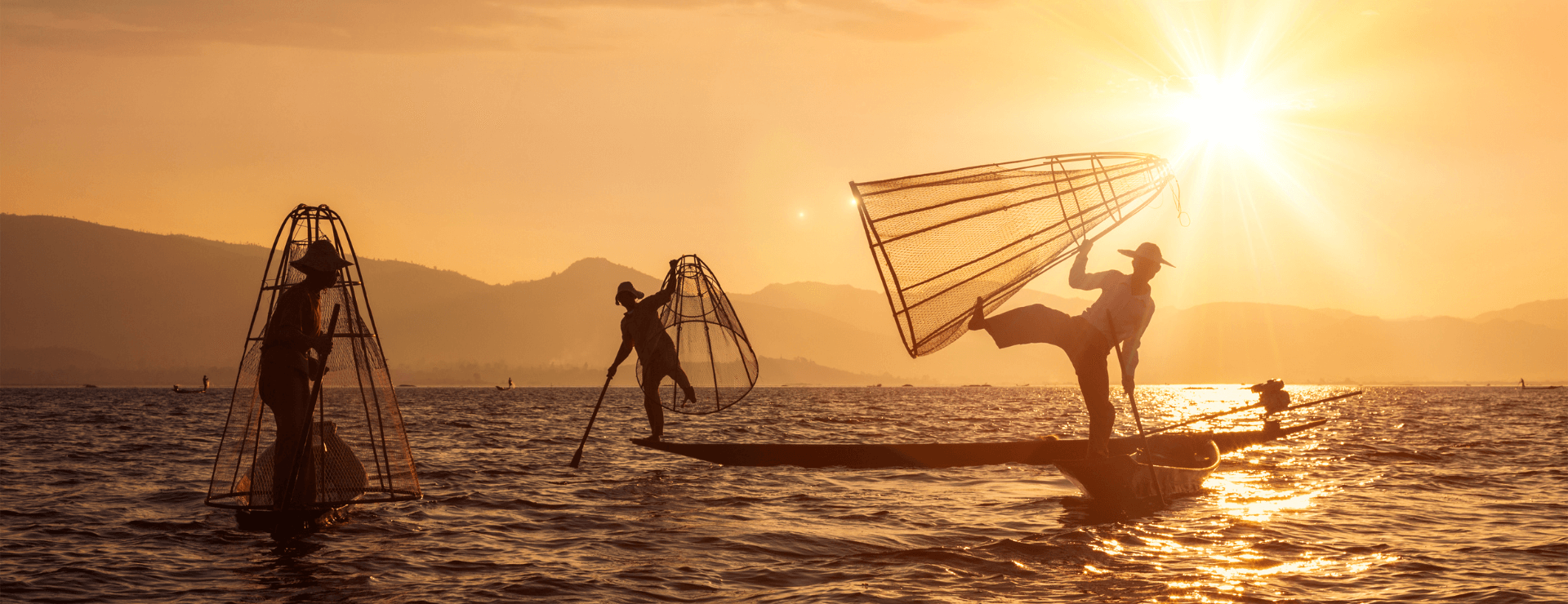
Inle Lake is Myanmar’s second biggest natural lake. It is a picturesque highland lake in the midst of the Shan Plateau’s Nyaungshwe Valley, tucked between two mountain ranges that run from north to south and feel like a different world from the rest of Myanmar. The floating villages, gardens, and distinctive lifestyle of its residents have made up the uniqueness of this freshwater lake.
Inle Lake has many interesting things that one may not know about it. Luckily, this article is here to uncover all the charm of this beautiful lake.
Inle Lake – Why Is It So Special?
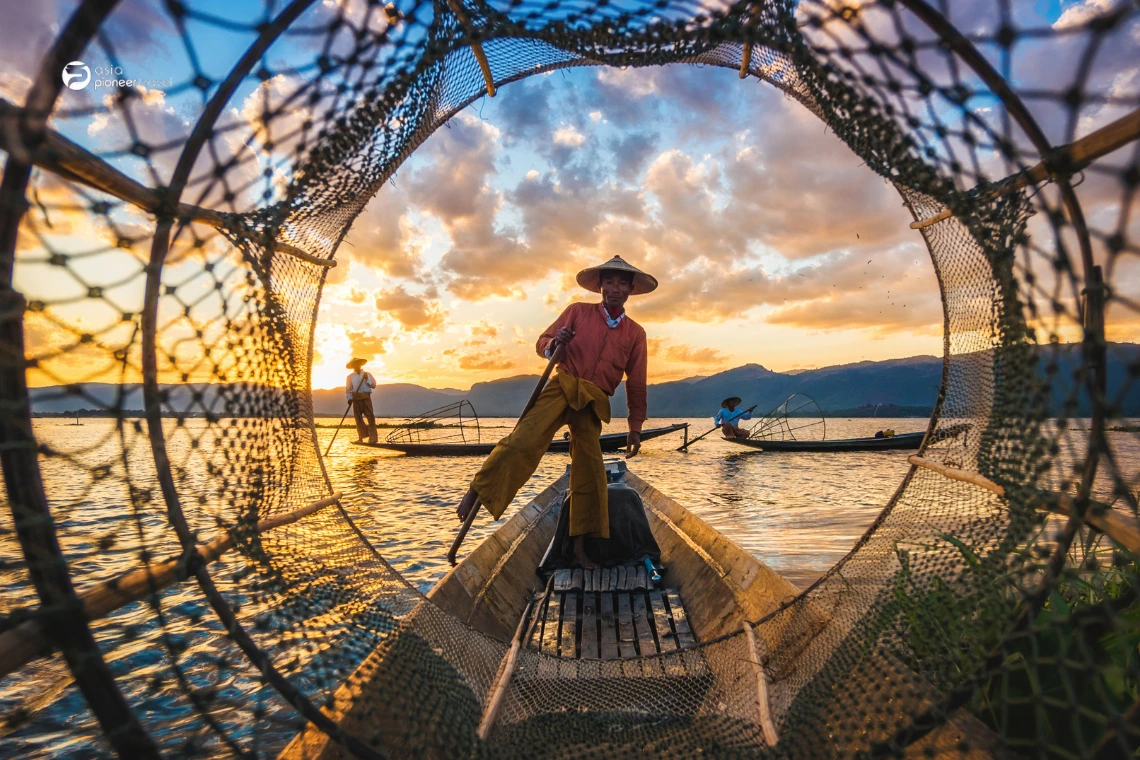
Condé Nast Traveler has named Inle Lake as one of the five new Asian places that every traveller should see. Lake Inle’s beauty stems not just from nature but also from its interaction with the people who live nearby.
Inle, which means “big lake,” is located at an elevation of 889 m, surrounded by towering mountains, and covers an area of 220 km2. The lake’s deepest point is roughly 6 meters. The water level here changes depending on the season variation between the dry and full water seasons. Coming to the lake, travelers may feel their souls quiet while enjoying the incredibly tranquil landscape of the lake’s towns.
For thousands of years, the Inthar ethnic group has called Inle Lake home. Visitors can learn more about the cultural beauties of ethnic minorities, such as the Padaung, a long-neck ethnic group, by visiting here. They build cottages and buildings on the lake and arrange social and agricultural activities.
Top Attractions To Explore In Inle Lake
1. Floating Gardens
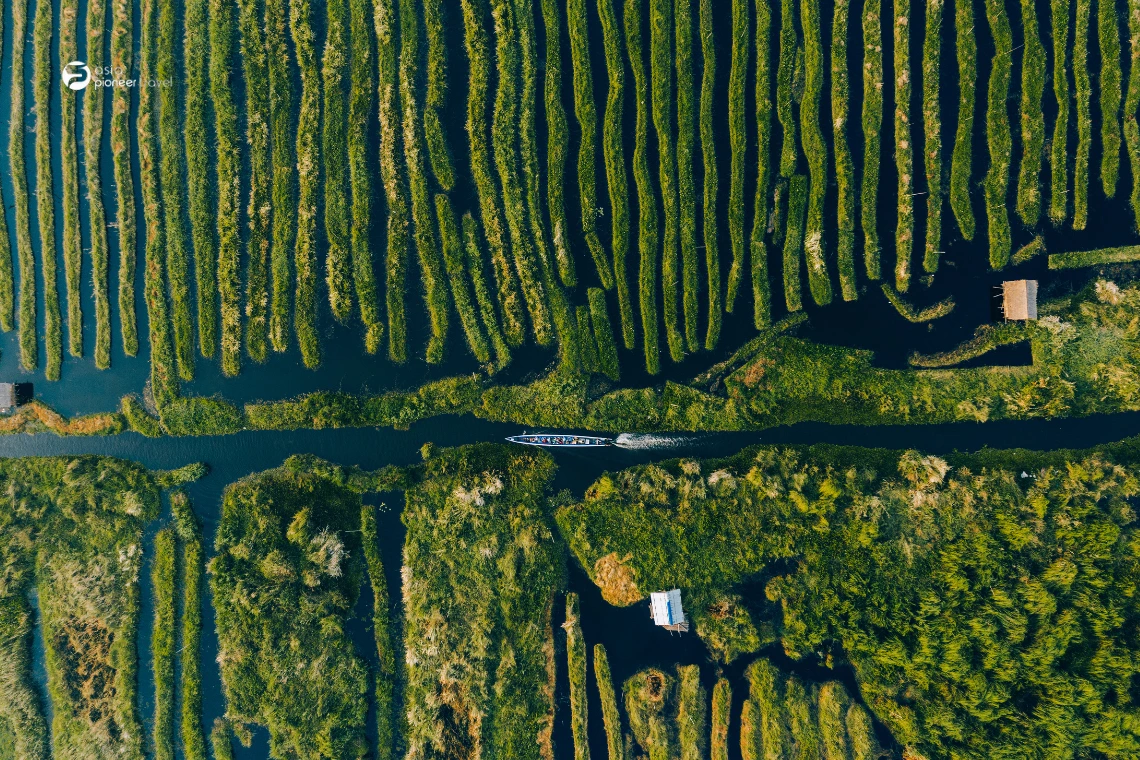
Nowhere else can you find gardens as breathtakingly beautiful as those at Inle Lake. The residents of the lake’s stilted towns cultivate stunning floating gardens to grow fresh produce for their delicious traditional cuisine.
On the northwest side of the lake, you’ll find the largest and most extensive gardens. The lush foliage stretches out in rows beyond the residences, and locals can often be seen tending to the growing plants from their little wooden boats. Some of the oldest gardens are even firm enough to walk on because plant roots have extended down to the lake bottom and keep the gardens firm.
2. 17 villages
On the borders of the lake, there are 17 villages and islands, each with its unique customs and cultures. The Intha tribe is the largest and renowned for their exceptional one-leg rowing technique. Some Inthars reside in houses and wooden cottages on floating islands, while others live along the community lakefront. The area is also home to other tribes like Akha, Khun, Lahu-Na, Lahu-Shi, and Lisu, among others. Inle Lake is a peaceful coexistence of all these groups.
3. Five-day market
Visiting Inle Lake’s floating market is one of its most popular activities. A daily market provides the majority of basic purchasing needs. The five-day market rotates across the Inle Lake area, the Shan State towns of Nyaung Shwe, Heho, Taunggyi, Minethauk, and Shwe Nyaung, with each holding an itinerant market on the fifth day. Over a 5-day period, the various local tribal members move between five different areas to market their daily agricultural produce.
The lively water market attracts local Shan and Intha people, as well as a large number of Pa-O villages and the long-necked Padaung. This vibrant and lively gathering is the ideal venue in the Inle Lake area to learn about the many diverse and unique local cultures.
4. Phaung Daw U Pagoda
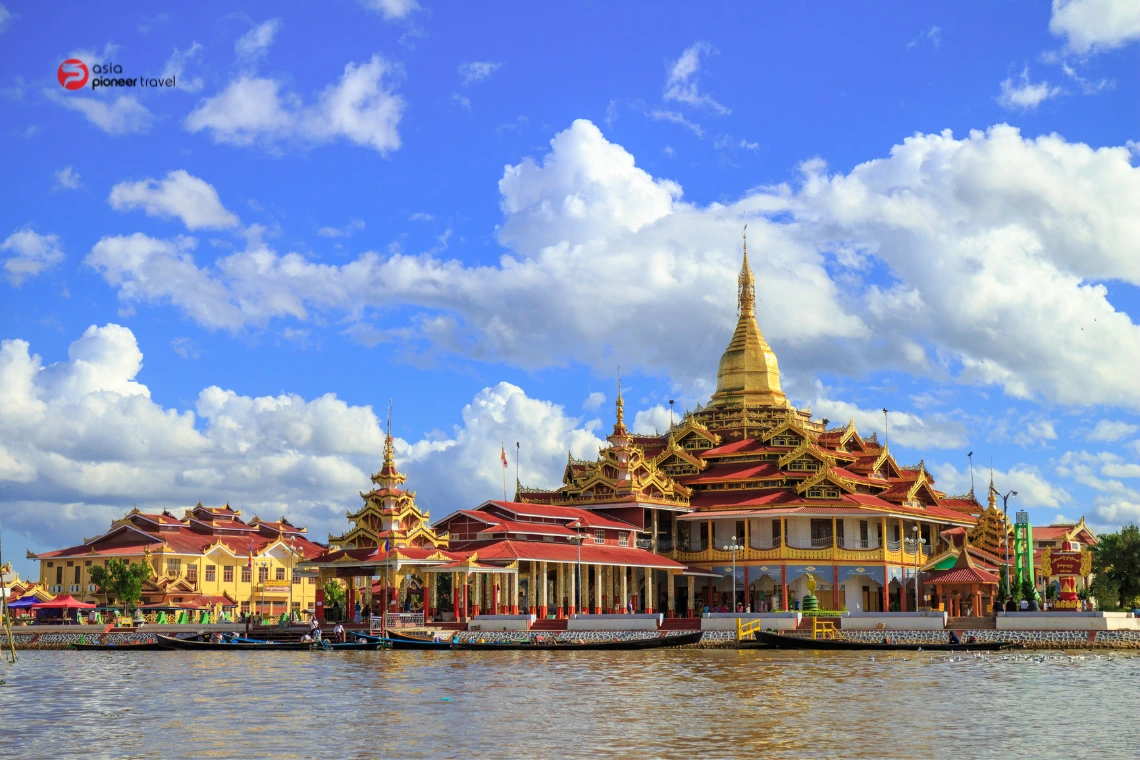
This red-and-gold tiered pagoda is the most popular attraction in the Inle Lake area. The walls of the temple are covered with paintings depicting Buddhist legends, making it absolutely stunning both inside and out. An exquisite shrine with five tiny Buddha sculptures of significant religious significance lies in the heart of the edifice.
The sculptures of Phaung Daw U Pagoda are well-known Buddhist relics wrapped in gold leaf, which worshippers use every day when they come to pray. Every year, an 18-day Pagoda Festival is celebrated to commemorate the five representations of Buddha. The royal barge, local boat races, and other events are all part of the festival.
5. Shwe Yaunghwe Kyuang
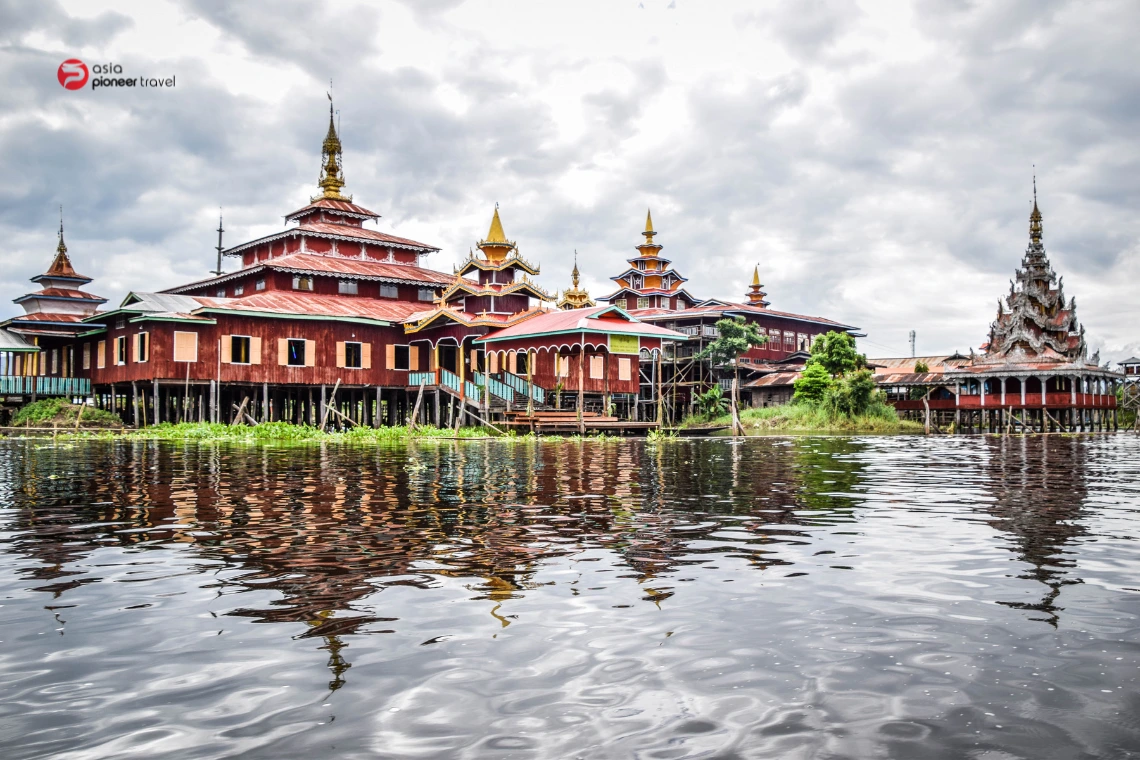
The distinctive circular windows of the old teak thein (ordination hall) make a wonderful framing for photos of the novices, making this the most photographed monastery in Nyaungshwe.
Every day at approximately 11 a.m., the monks assemble to meditate, enabling guests to observe or perhaps participate in the meditation. The walls of the temple are decorated with hundreds of tiny alcoves, each with a little Buddha statue. These monuments were contributed by people from all around the world, including France, the United States of America, and Australia. They create a vibrant, stunning picture with bright walls and painted tile flooring.
6. Kakku
Kakku, which dates back to the 12th century, is a place with 2,500 historic pagodas overlooking Inle Lake. The majority of the pagodas on the property are the same size and are organized in neat rows. The main pagoda, which stands 130 feet tall, is located in the heart of the compound.
Kakku is located on the outskirts of Inle, in Pa-O territory. The drive to Kakku takes around 3 hours by automobile and is a lovely ride on narrow winding roads through traditional Pa-O villages and farmland.
7. Nga Hpe Kyuang
Nga Hpe Kyaung monastery on the western side of Inle Lake was originally famous for its leaping cats, who were trained to jump through hoops during the slack hours between scripture recitals. These days, there isn’t much cat-leaping happening around here. The new generation of cats seems to prefer sleeping over gymnastics.
The collection of old Buddha pictures is a stronger incentive to visit the pagoda. The massive hardwood meditation hall, built four years before Mandalay Palace, features statues in the Shan, Tibetan, Bagan, and Inwa (Ava) styles placed on elegant wood and mosaic pedestals.
8. Inthein Stupa Complex

The Inthein Stupa Complex is a sea of beautiful spires rising from the ground like a stupa forest. The complex is built into the hillside and features over 1,600 stupas, some of which are exquisitely carved and gilded.
Some pagodas have been rebuilt, but others have cracks in their foundations. This suggests that the stupas may be taken over by the dense jungle. The complex contains two distinct groupings of stupas. The first is close to where the boat docks and many pagodas are embellished with legendary animal themes. The second group lies at the summit of a hill, from where visitors can see the entire Indein Stupa Complex and the surrounding landscape below.
9. Red Mountain Estate Vineyard
The Red Mountain Estate Vineyard is a unique winery in Myanmar that produces nine different types of wine using locally grown grapes. It offers visitors the chance to sample its affordable wines and take a tour of the vineyard.
Nestled on the lower slopes of the mountain, this winery is the perfect place to unwind after sundown with a cheese platter, a glass of wine, and great company. Visitors can enjoy a breathtaking panoramic view of Nyang Shwe and the valley leading to Inle Lake from the outdoor patio.
6 Inle Lake Interesting Facts You May Not Know
1. The Practice of Farming on Floating Gardens in The Lake Began in the 19th Century
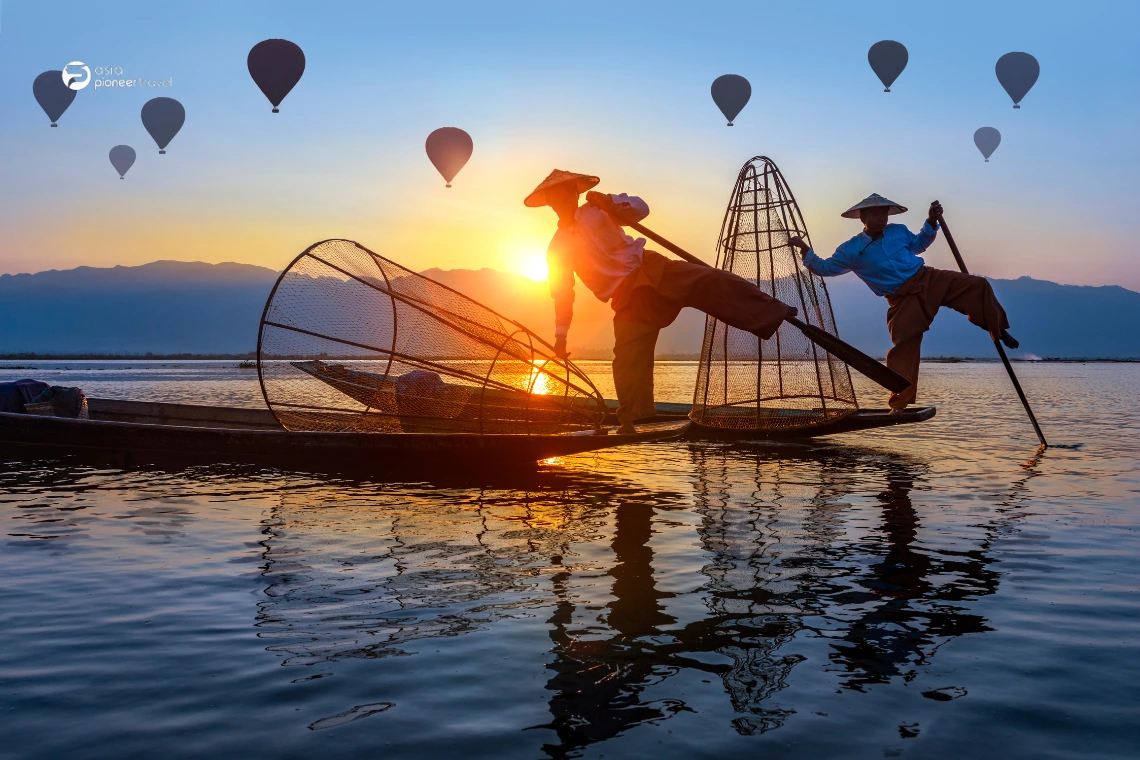
Farming on floating gardens atop the lake’s surface has been a long-standing practice, predating the 1960s when it gained popularity. This agricultural technique originated in the 19th century, with farmers choosing to cultivate on the lake rather than around it.
Despite being threatened by pollution, lake runoff, and other climate change-related challenges, this approach has boosted the region’s economy over the years.
2. Boys Start Learning The One-leg Rowing Skill From 13 Years Old
The Intha’s ancestors devised a clever solution to keep the boats running while fishing. That involved propelling the boats with one of their legs and manipulating the fish nets by hand. This original fishing method was passed down as a tradition from generation to generation for thousands of years. Intha is claimed to have learned to fish at the age of 13 and continued to do so until he was 75 years old.
3. Inle’s Floating Gardens Produce the Finest Tomatoes in Myanmar
During the 8-month growing season, tomatoes are picked while green or just blushing and delivered throughout Myanmar. The tomatoes grown at Inle are among the finest in the country.
Inle tomatoes are used to produce a traditional Myanmar tomato salad, including sliced shallots and peanuts. A sesame seed dressing is added to the combination to prepare the fantastic and famous Myanmar salad meal.
4. 25% of the Lake’s Surface is Covered by the Floating Gardens
The floating gardens consisting of fresh produce such as fruits and vegetables cover around 25% of the lake’s surface area. The agricultural sections are supposedly protected by an outside barrier of reeds and water hyacinths.
Reeds and water hyacinths are sometimes planted alongside colorful annuals like Cleome and Amaranthus to protect the cultivated patches.
5. Handicrafts & Weaving Are Important Local Industries

Handicraft is an important part of the local economy, and many magnificent woodcarvings, smoking pipes, decorations, fabrics, cheroots (leaf-rolled cigars), and other handmade objects are created in cottage industries and sold at both local and tourist-oriented markets.
Weaving is another major local industry, and Shan bags are produced in significant quantities for daily usage. The lake is also known for the Inle longyi, a luxury garment handwoven from silk fibers. The kya thingahn, a fine garment made from lotus plant fibers, is used as a robe for revered Buddha figures.
6. One of the largest Buddhism festivals in Myanmar is held at Inle Lake
The Phaung Daw Oo Pagoda Festival, held in and around the stilted villages of Inle Lake, is one of Myanmar’s greatest Buddhist festivals. The event occurs between the first day of the waxing moon and the third day following the full moon of Thadingyut, corresponding to September and October in the Western calendar.
Four of five treasured Buddha statues are paraded around the lake on an extravagant, golden barge towed by traditional long boats staffed by hundreds of rowers for over 20 days.
Let Us Help You Plan Your Trip To Myanmar.
Planning a holiday should not make you feel overwhelmed. That’s why our team of experienced travel advisors is here to assist you. By sharing your travel plans with us, we can provide you with personalized recommendations and help you with all aspects of your trip planning, ensuring that your vacation experience meets your specific preferences and requirements.
